#StillStand – Interview with the duo Arbeitstitel
About #StillStand project
In the middle of the crisis – in the standstill – we (artists) are still standing!
A project by Urban Spree Gallery and Señor Schnu in Berlin.
The Urban Spree Gallery in Berlin is one of the most internationally renowned addresses for urban art in Germany since 2012. The artists’ residency, the exhibition space, the bookshop & shop as well as the concert hall and beer garden were now completely closed by Corona.
Over the years, the 120m2 wall of one of the buildings facing the Warschauer Brücke has been painted by artists for each exhibition. Among them were internationally renowned artists such as 1UP, ABOVE, Broken Finger Crew, DAZE, HONET, Jim Avignon, M-City, Mode2, Rylsee, Twoone, Victor Ash, ZEVS, Marina Zumi and many more.
In times of Corona – in which artists have hardly any possibilities to exhibit and produce for projects – this wall, which is well known in Berlin, is now, through a past Open Call, giving Berlin artists the chance to express themselves outdoors, on a large format, on the subject of Corona and art, and to collectively move forward productively and creatively in order to avoid an absolute standstill. However, no event will take place.
In mid-May 2020, a five-member jury consisting of the director of Urban Spree, Pascal Feucher, the initiator and artist Señor Schnu, as well as the artists Johannes Mundinger and Julia Benz and the art historian Katia Hermann, selected four artists. In the selection process, attention was paid to the thematic reference, originality, quality, feasibility, style and parity.
Every 10 days from May to July 2020 a new work will be created on the 120m2 wall. The murals will be presented through photography, drone shots and video documentation in an online exhibition on the internet and social media by the Urban Spree Gallery. Passers-by can only see the works from a distance from the bridge.
The project is supported by Molotow, Pandemic Healing Arts, Neis Design BLN, We did nothing wrong e.V., Dämmisol, Cosmopola, Urbanpresents, Urban Spree Galerie, Lauritz Kurth, Katia Hermann und Anette Mischler.
The chosen artists are (in order of production): HowtokillaGraffiti, Ida Lawrence, Coco Bergholm and the duo Arbeitstitel.
The artist HowtokillaGraffiti started the first production, which he completed within four days. His mural was on display until the 5.06.2020. Then the Australian artist da Lawrence started and produced her wall painting in five days. Her mural could be seen until the 18.06.2020. The third work was delivered by the painter Coco Bergholm within six days and could now be seen until the 2.06.2020. The duo Arbeitstitel painted in six days and their work can be viewed until 24.07.
The Berlin Duo Arbeitstitel is a young visual artist duo founded in 2017 and consisting of Robert Westphal and Laurent Wians. Together they create abstract paintings and works with different media. They understand their work as a continuous process and deal with structures, orders, hierarchies and systems in abstraction.
#StillStand, Duo Arbeitstitel, Urban Spree – Jul 2020 ©Lukas K Stiller #StillStand, Duo Arbeitstitel, Urban Spree – Jul 2020 ©Lukas K Stiller #StillStand, Duo Arbeitstitel, Urban Spree – Jul 2020 ©Lukas K Stiller #StillStand, Duo Arbeitstitel, Urban Spree – Jul 2020 ©Lukas K Stiller #StillStand, Duo Arbeitstitel, Urban Spree – Jul 2020 ©Lukas K Stiller #StillStand, Duo Arbeitstitel, Urban Spree – Jul 2020 ©Lukas K Stiller
Interview with Arbeitstitel by Katja Aksenenka
Hello Robert, you have made a good progress. Can you tell me something about you as an artists’ collective? Where are you from?
There are two of us – originally Laurent is from Luxembourg and me from Hannover. We met in 2016 while studying in Berlin and have been working together continuously since the beginning of 2017. Of course, we also have our own things we pursue, but the “main thing” is in our artist duo. Our work is mostly abstract and is much about structures, orders, hierarchies, systems – also about leaving traces.
How did you come up with the name “ARBEITSTITEL”?
It came from the conceptual thought, although we still started with very intuitive, expressive painting. We want to put the process in the foreground, that there is no end result, always only intermediate stops. In the end, only prioritizing process over result.
How did you come up with this working method?
We started working together because it was organic in the university. At first we had the thought: “We want to work together now”, without knowing exactly what would come out of it. Over the course of a few months, painting together developed into a process that first became and remained intuitive, abstract painting, communication – a back and forth. From this process our first real works developed and developed further.
The abstract, intuitive painting – this communicative painting, this back and forth – is currently becoming much less, because we have the feeling that it is finished for us for the time being. It was a good start and of course this way of working has already tried to uncover something other than just painting or showing something. The basic interest was already there: “What is in this back and forth? And how do we get it to the outside?” To be able to make this invisible visible somewhere.
Right now it’s also about politics and world affairs. In our work for the STILLSTAND project we try to visually address Corona and the everyday life of the pandemic. The link to our personal areas of interest, the aesthetics of order structures, i.e. an aesthetic designed to comply with laws and rules, is easy to make. Like, for example, the fluttering bands that you see here.
#StillStand, Duo Arbeitstitel, Urban Spree – Jul 2020 ©Lukas K Stiller #StillStand, Duo Arbeitstitel, Urban Spree – Jul 2020 ©Lukas K Stiller #StillStand, Duo Arbeitstitel, Urban Spree – Jul 2020 ©Lukas K Stiller #StillStand, Duo Arbeitstitel, Urban Spree – Jul 2020 ©Lukas K Stiller #StillStand, Duo Arbeitstitel, Urban Spree – Jul 2020 ©Lukas K Stiller #StillStand, Duo Arbeitstitel, Urban Spree – Jul 2020 ©Lukas K Stiller #StillStand, Duo Arbeitstitel, Urban Spree – Jul 2020 ©Lukas K Stiller
Which laws and rules do you mean exactly?
I mean symbolisms that affect us in everyday life. If that flutter band is hanging somewhere between two bollards, you don’t go further because it’s locked. But of course you could go there – you don’t burn and you don’t step into lava. We are very interested in this executive aesthetics within a social system. Why are certain color and form codes enough for this? They already have an almost biologically natural character, which comes into play in our urban world. Aesthetics influence people very strongly and can be used manipulatively, for example to better pursue political goals.
The symbols and the colors you use here are more applicable to the German-speaking world, since other countries have different color codes. One could say that you directly address the situation here in Germany?
That happens rather unconsciously, of course we refer to our environment in which we move. That’s mostly Berlin, but that’s no limit for our search for material. I know the orange pattern that can be seen from southwest Europe, Italy and Spain. Of course it differs nationally, but there is still a certain universality. This red and white fluttering band, even though it might not be produced and used in exactly the same way in England, it could serve the same purpose there.
#StillStand, Duo Arbeitstitel, Urban Spree – Jul 2020 ©Lukas K Stiller
#StillStand, Duo Arbeitstitel, Urban Spree – Jul 2020 ©Lukas K Stiller #StillStand, Duo Arbeitstitel, Urban Spree – Jul 2020 ©Lukas K Stiller #StillStand, Duo Arbeitstitel, Urban Spree – Jul 2020 ©Lukas K Stiller #StillStand, Duo Arbeitstitel, Urban Spree – Jul 2020 ©Lukas K Stiller #StillStand, Duo Arbeitstitel, Urban Spree – Jul 2020 ©Lukas K Stiller #StillStand, Duo Arbeitstitel, Urban Spree – Jul 2020 ©Lukas K Stiller #StillStand, Duo Arbeitstitel, Urban Spree – Jul 2020 ©Lukas K Stiller
It would be interesting to know who came up with these ideas…
…and how it evolved over time. Why a system would be interested in implementing such an aesthetic in the best and most effective way, is obvious.
Could you explain me in more detail, what the blue parts in your picture mean?
Because of the topic “What can art do in times of Corona?” it was quite clear that the obvious thought is: Art can talk about it! Art can open different perspectives and leave open questions.
The blue elements are wrapped metal tubes that have been digitally distorted. There are six of them next to each other in a relatively dense space. In this distortion and repetition from left to right they can also function as persons, as points of view. But we don’t like to tell too much.
#StillStand, Duo Arbeitstitel, Urban Spree – Jul 2020 ©Bart v Kersavond #StillStand, Duo Arbeitstitel, Urban Spree – Jul 2020 ©Bart v Kersavond #StillStand, Duo Arbeitstitel, Urban Spree – Jul 2020 ©Bart v Kersavond #StillStand, Duo Arbeitstitel, Urban Spree – Jul 2020 ©Bart v Kersavond #StillStand, Duo Arbeitstitel, Urban Spree – Jul 2020 ©Bart v Kersavond
#StillStand, Duo Arbeitstitel, Urban Spree – Jul 2020 ©Bart v Kersavond
What did you study together?
We both studied graphic design and illustration here in Berlin.
Do you also work on the street or do you mainly create commission and studio works?
We are mostly focused on studio work, but we do murals every now and then. We don’t really want to divide ourselves into different categories. I think that the temporary and the other value of working outdoors is what attracts us most to painting. That it doesn’t necessarily develop this product character, for example because it’s a canvas and you can take it with you and transport it to another place. But that you are fixed in one place, but only temporarily – exactly the opposite of what the product “canvas” does.
One last question: Do you think that art is systemically relevant in times of crisis?
No. We see artistic research, discourse, and exchange as important possibilities in the process of problem-solving, but such a crisis situation also shows once again how broken capitalist systems are, and currently the demands for essential changes in the art landscape are also growing louder. Rethinking is necessary so that art can become an effective combination of inclusive practices and perhaps systemically relevant to social society.
Thanks Robert and Laurent for the interview!
#StillStand, Duo Arbeitstitel, Urban Spree – Jul 2020 ©Lukas K Stiller
instagram.com/_arbeitstitel_ arbeitstitel.org urbanspree.com/blog
Text about #StillStand & photo editor: Katia Hermann
Interview DE & EN: Katja Aksenenka
Thanks to the photographer: Lukas K Stiller, Bart v Kersavond
533 views
Categories
Tags:
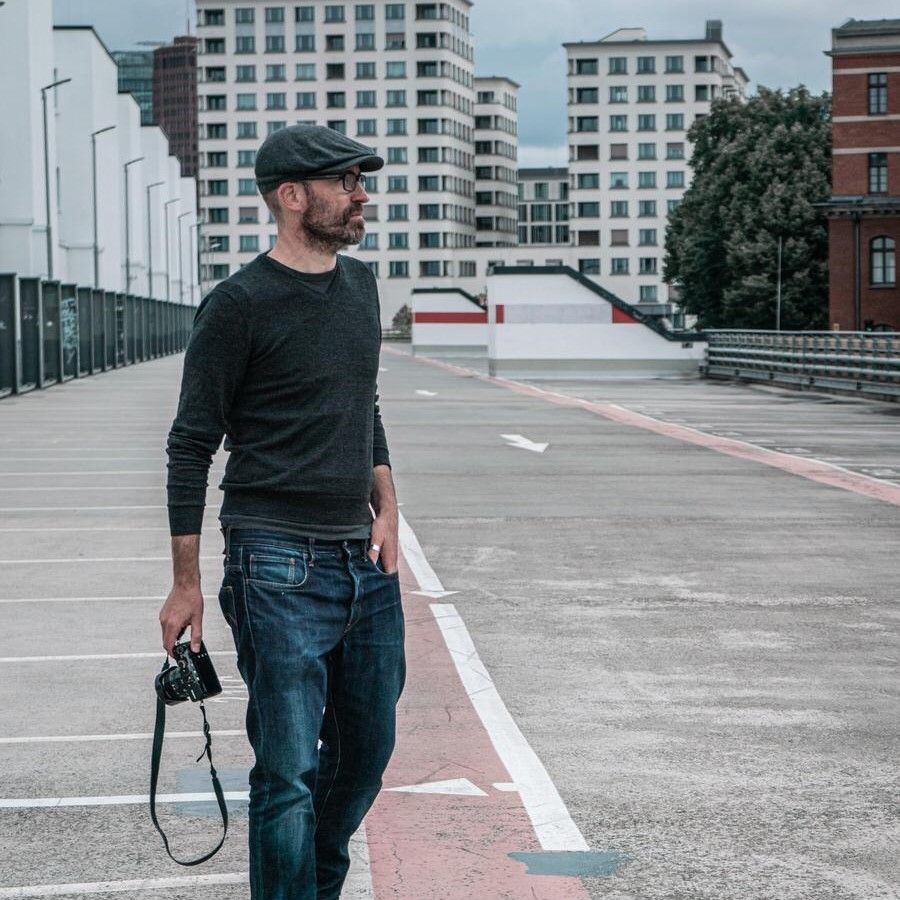


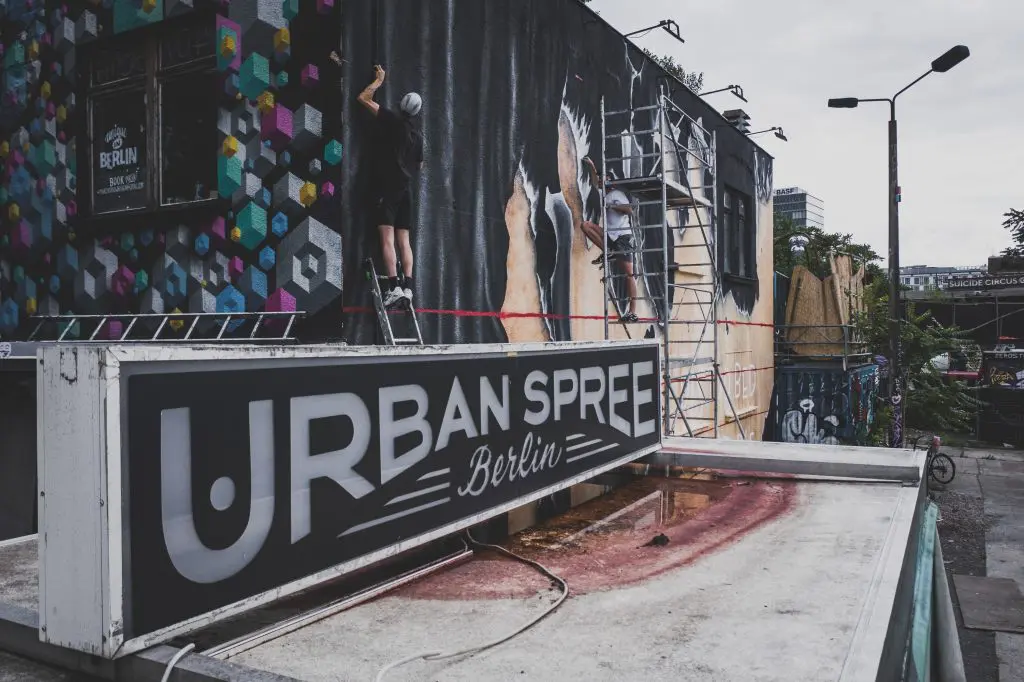
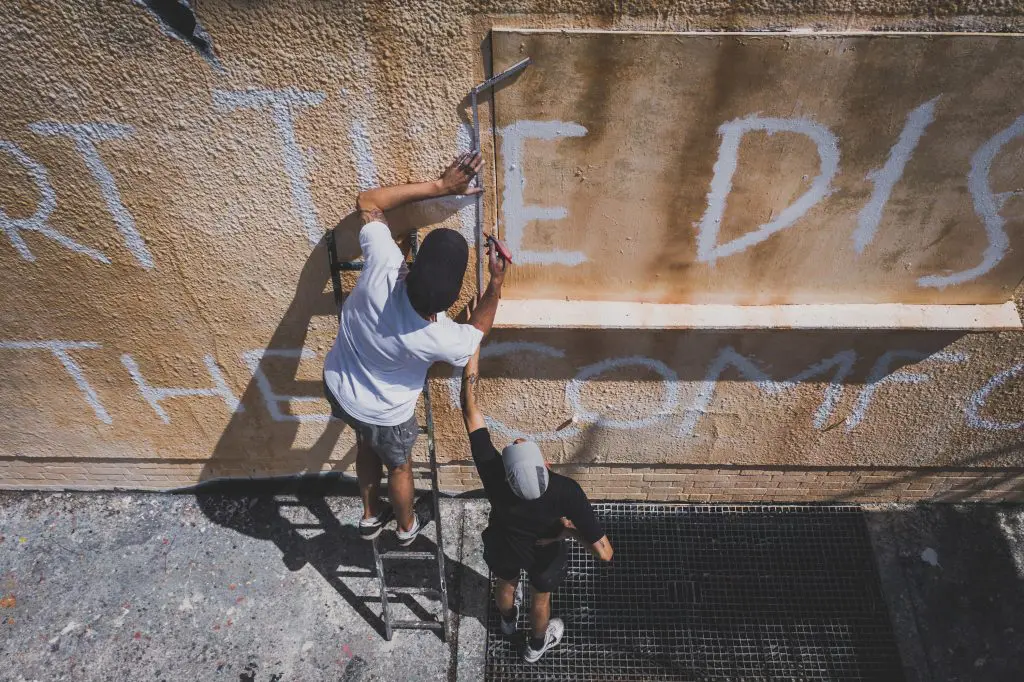
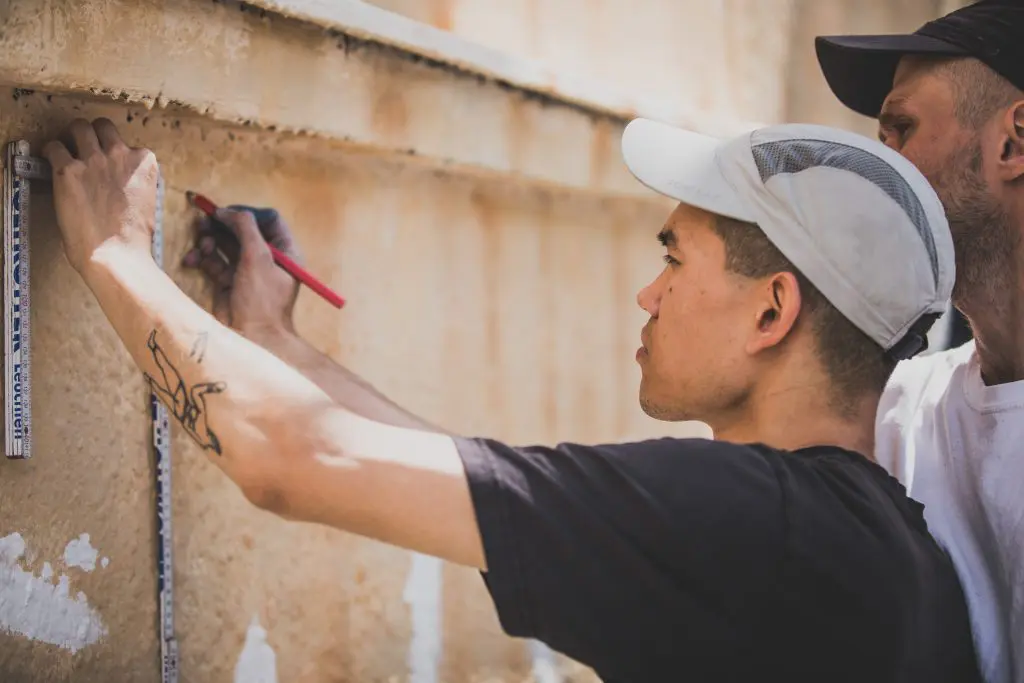
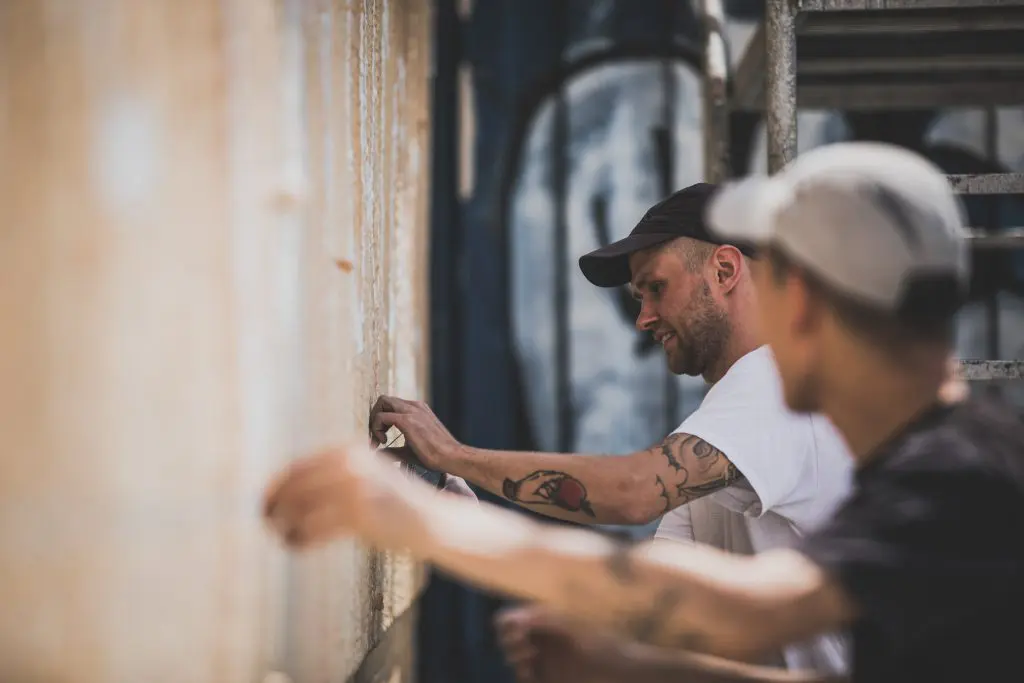
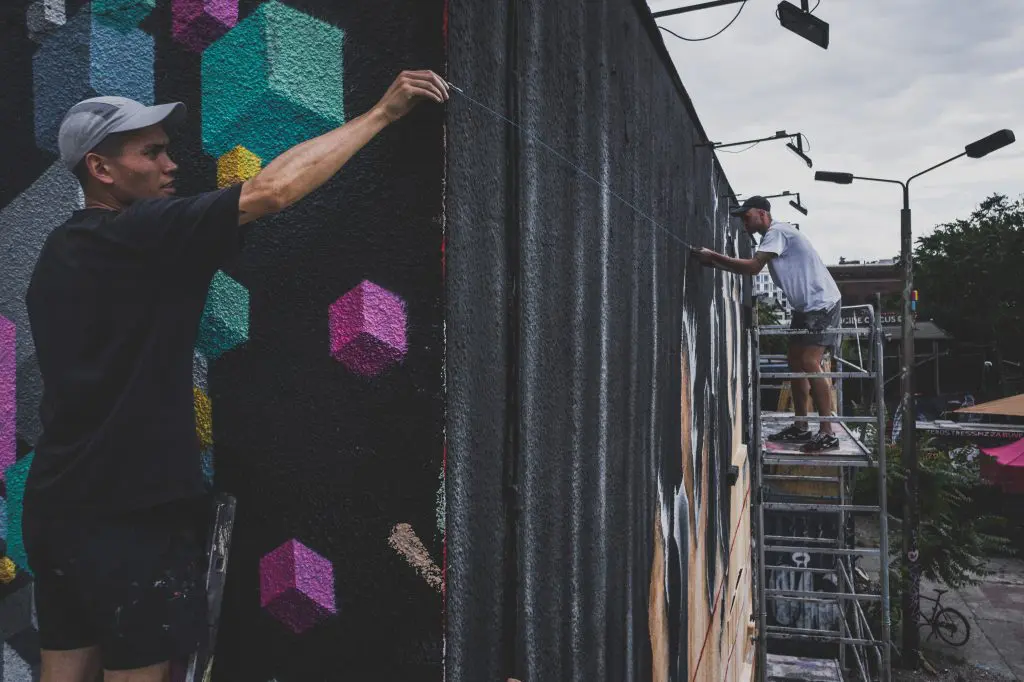
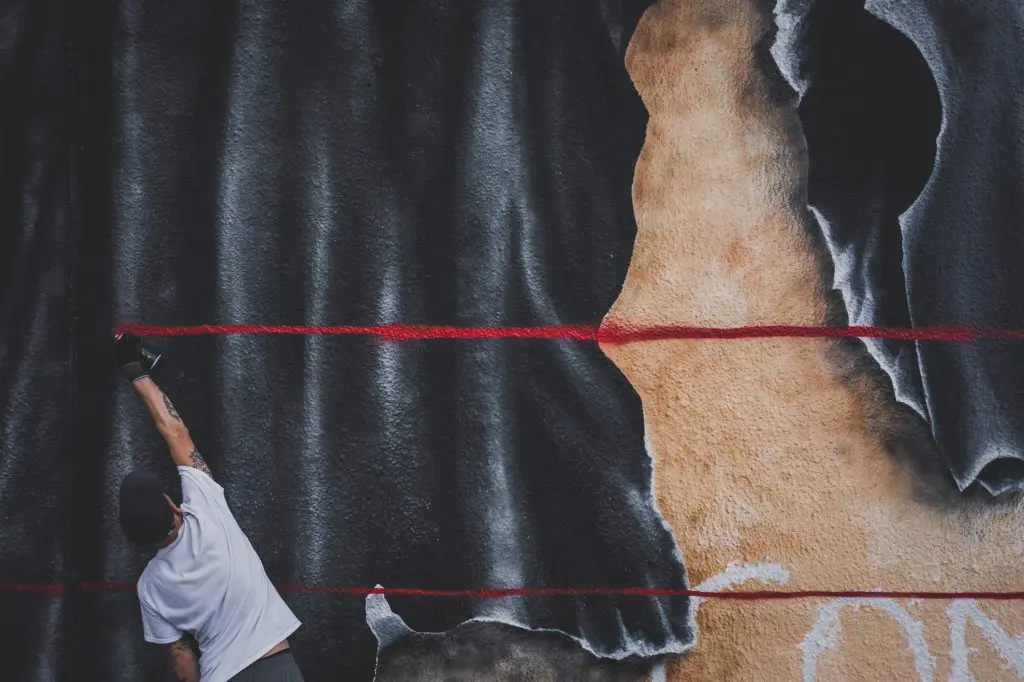
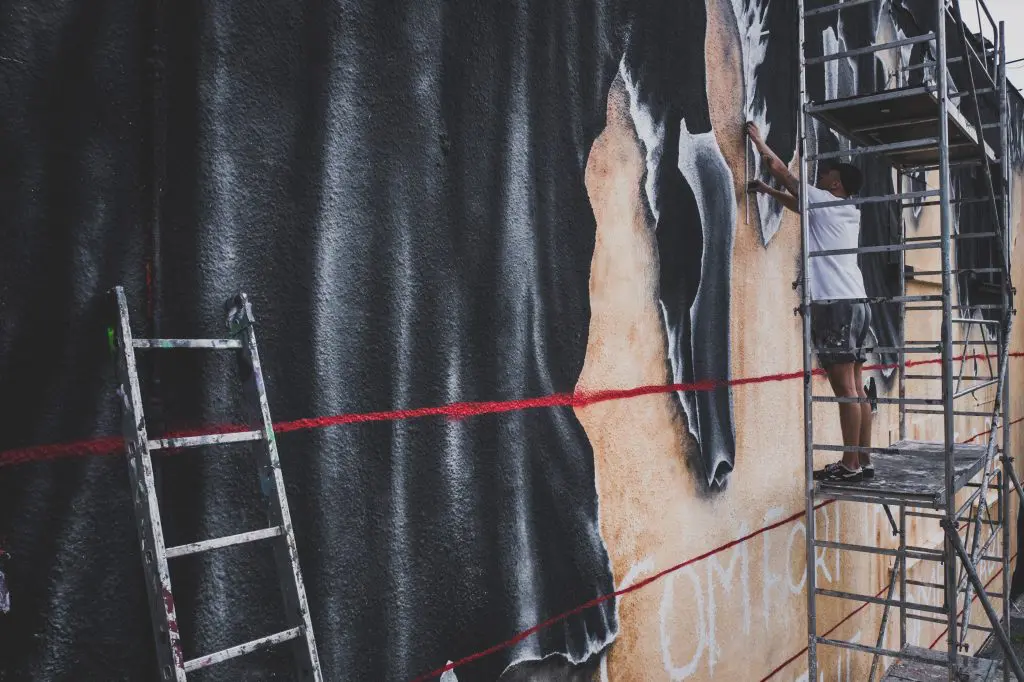
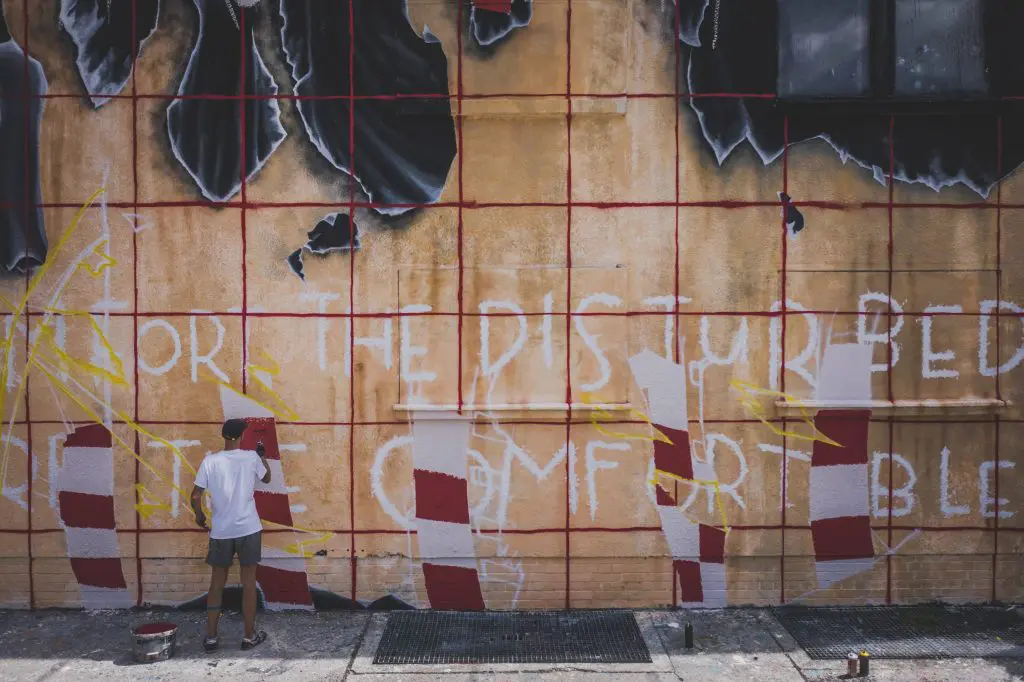
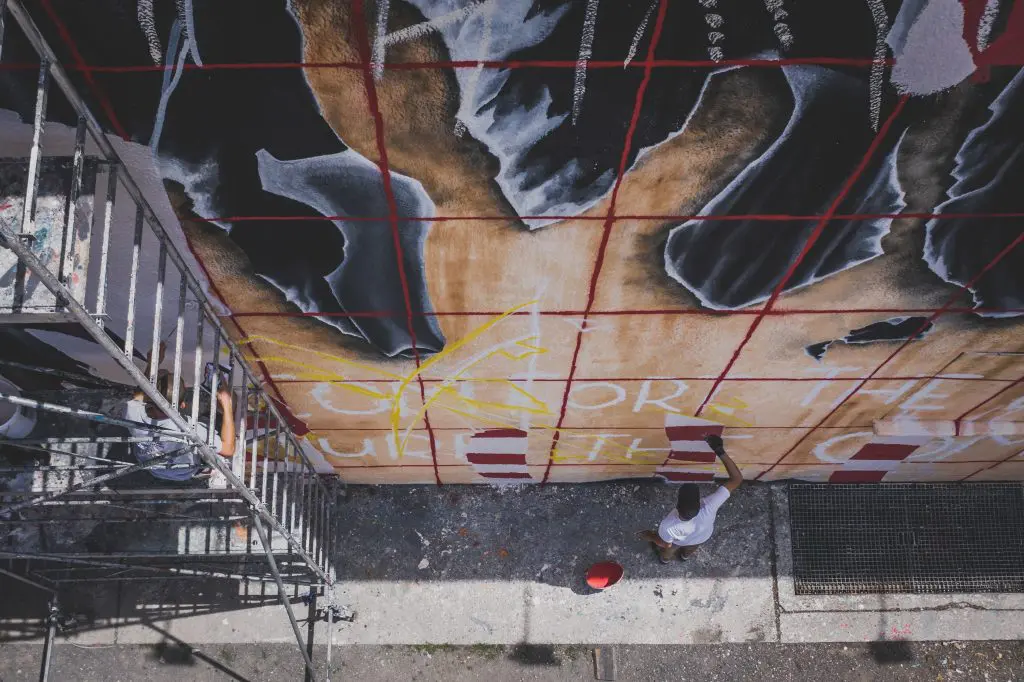
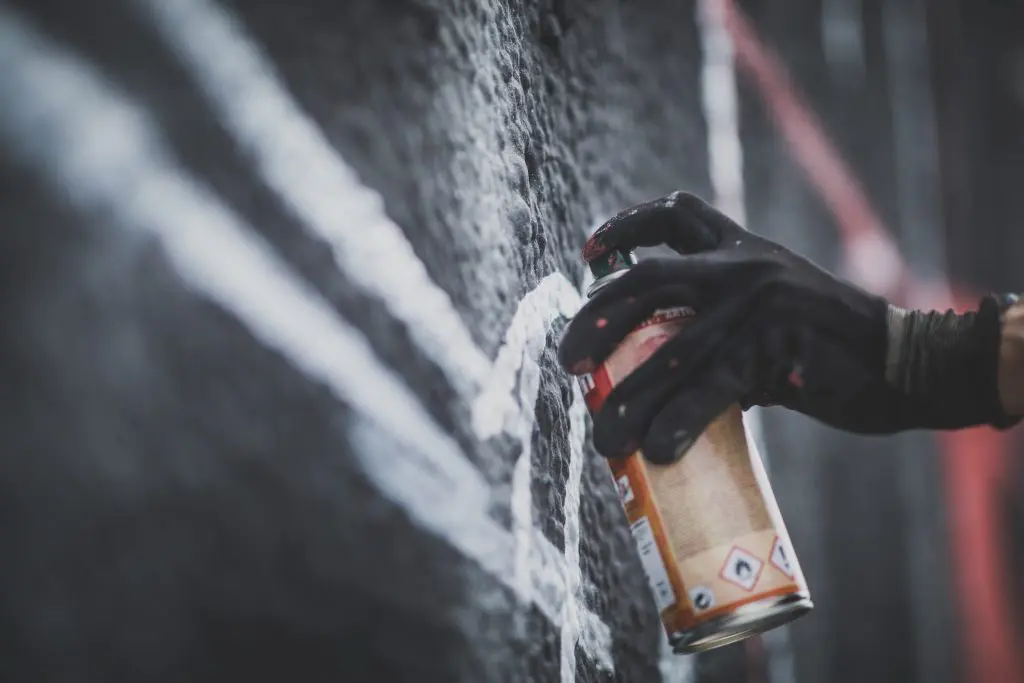
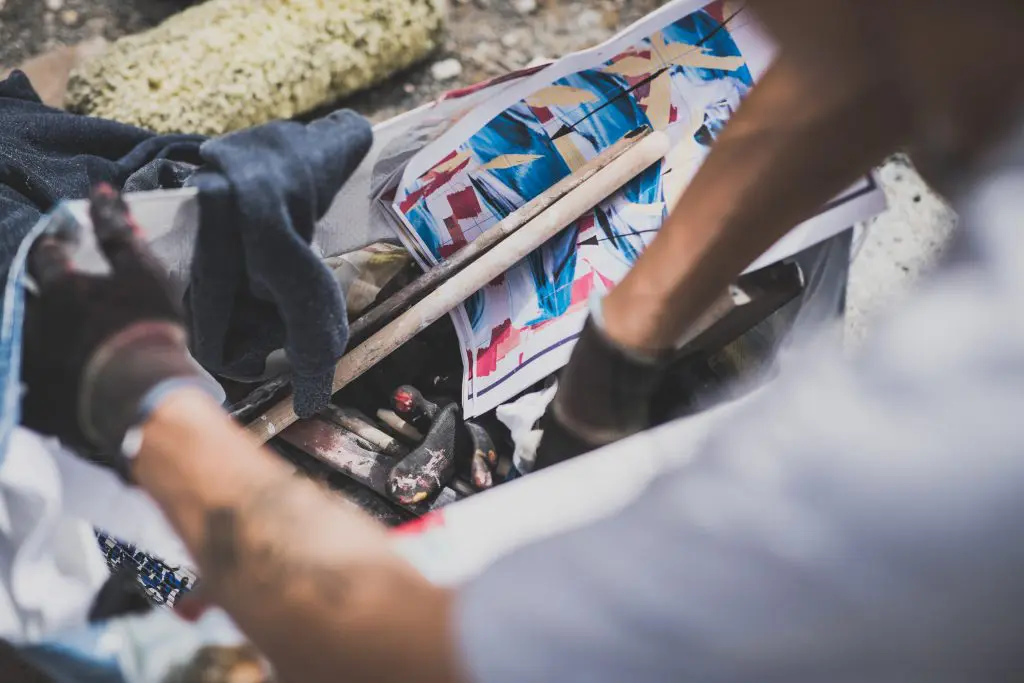
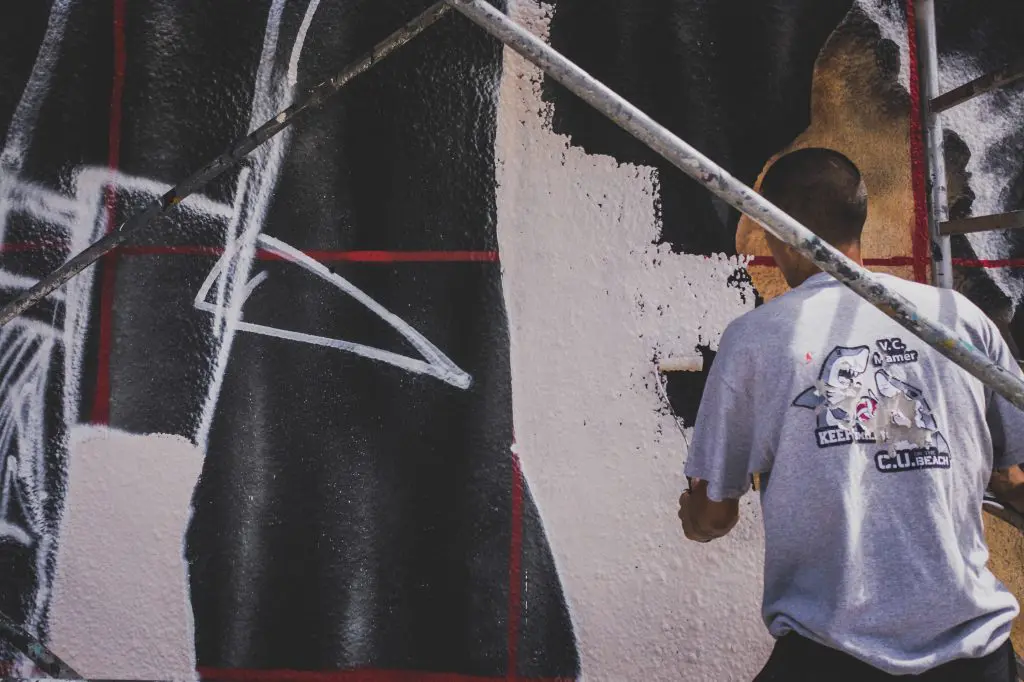
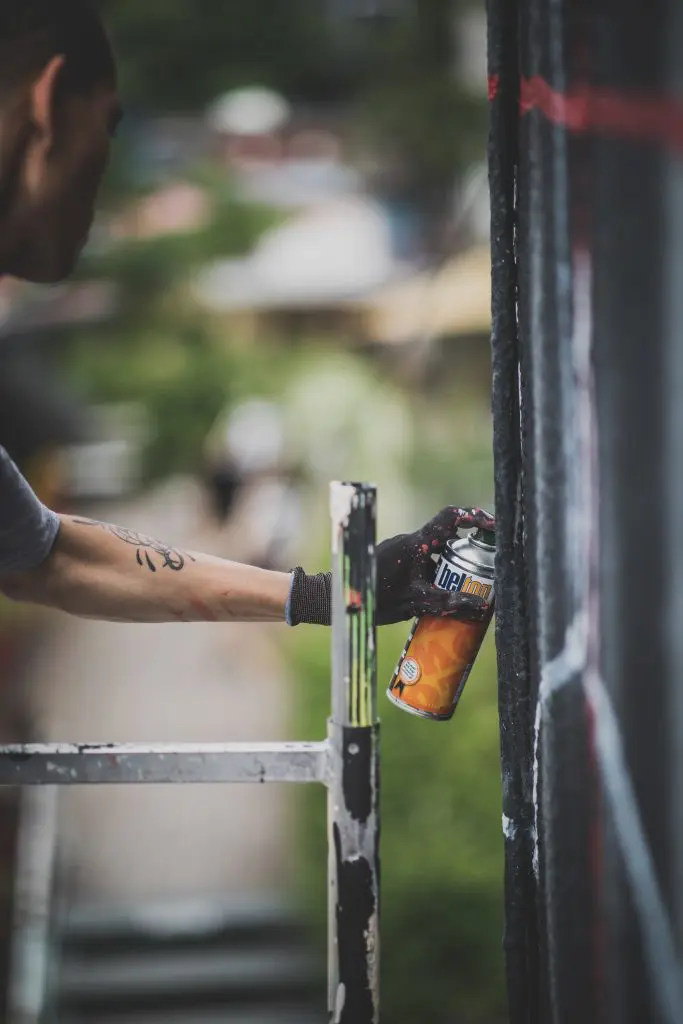
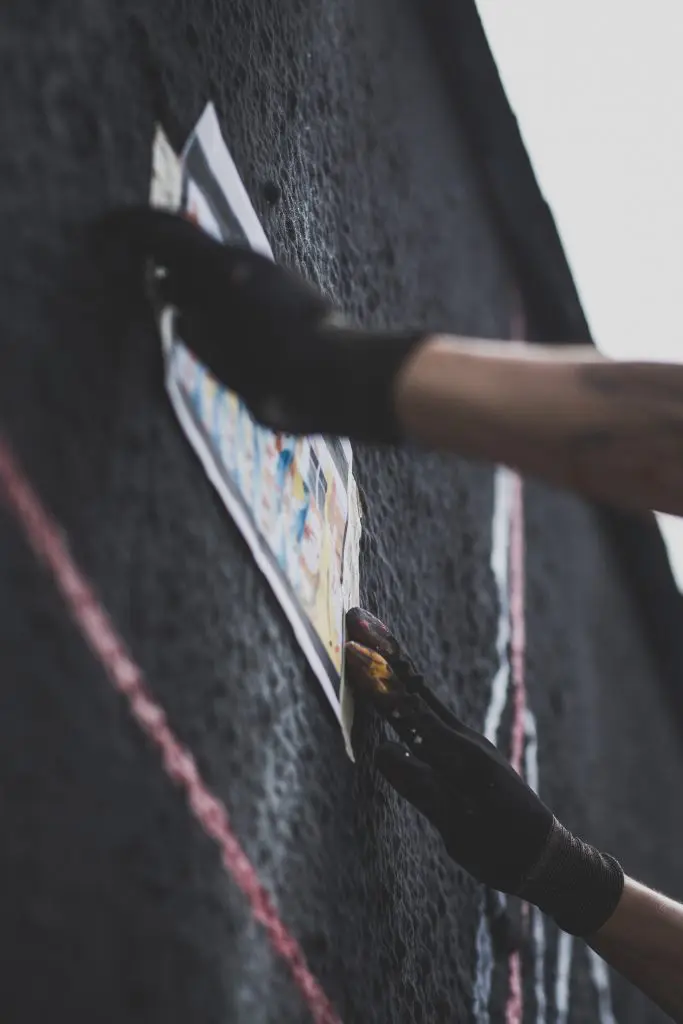
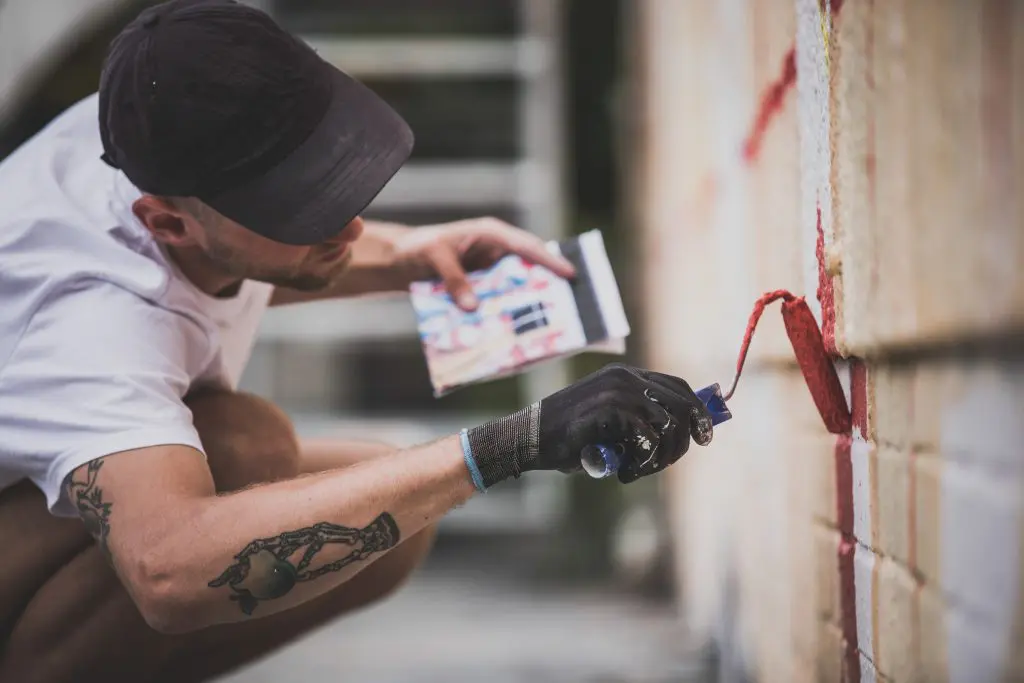
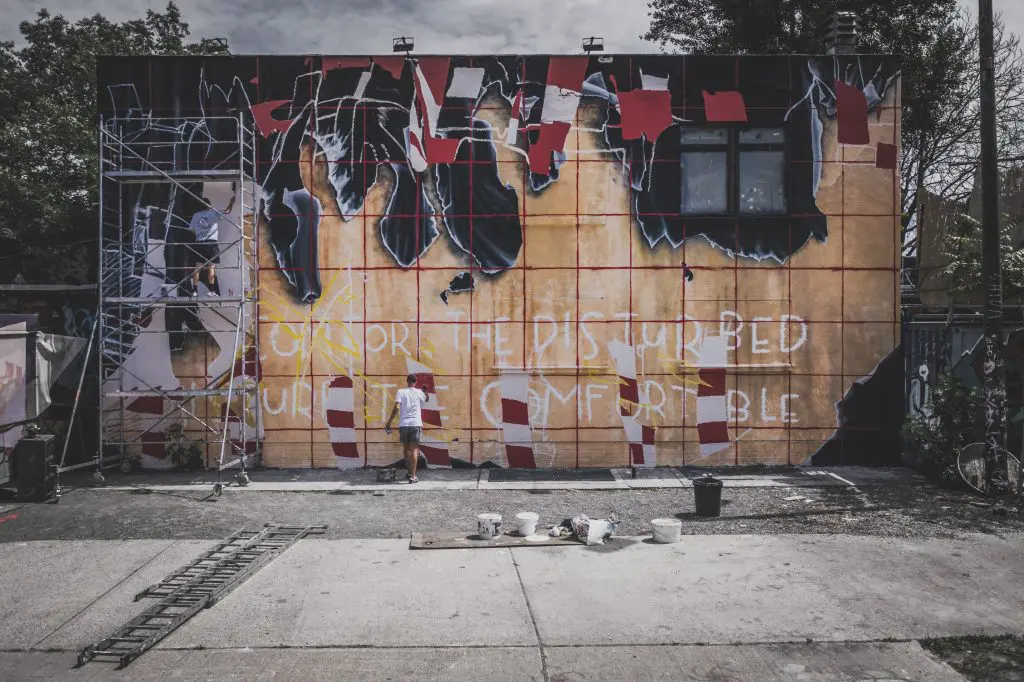
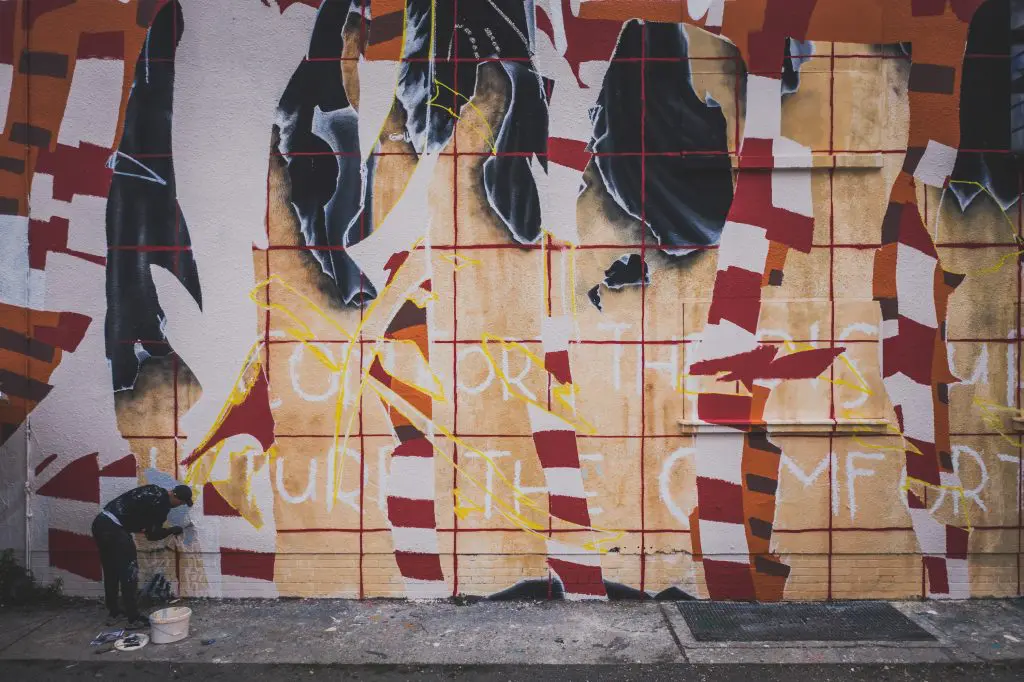
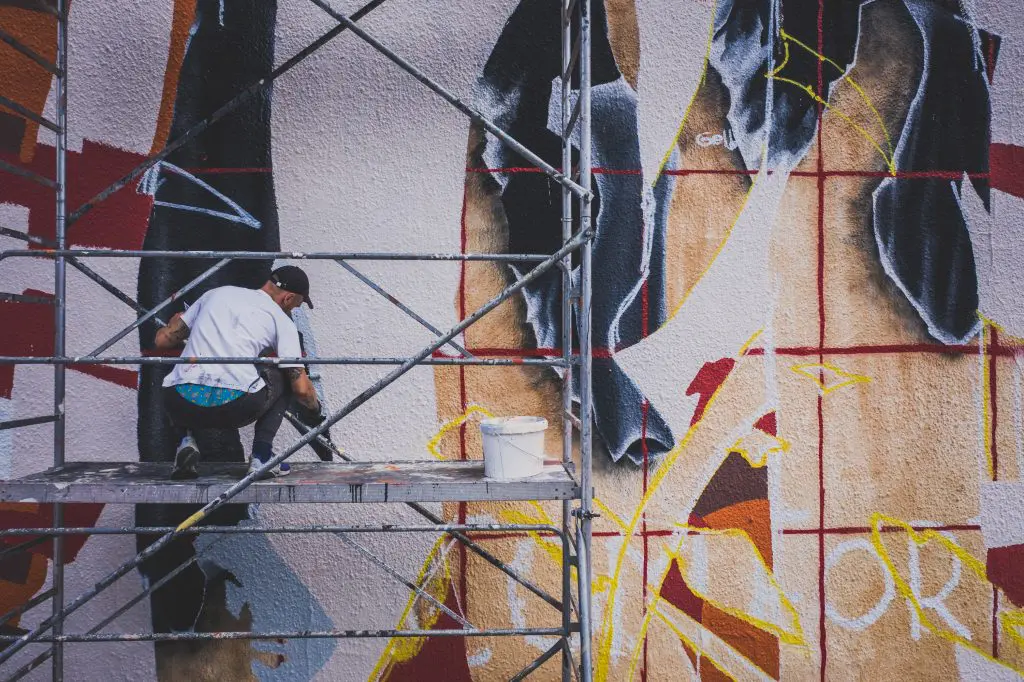
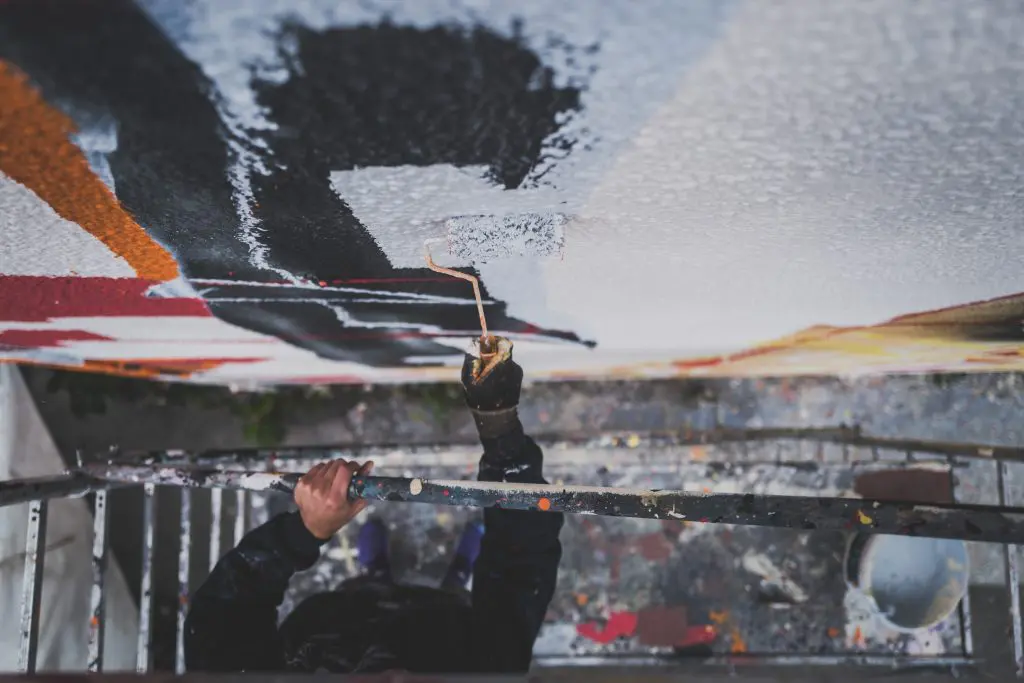
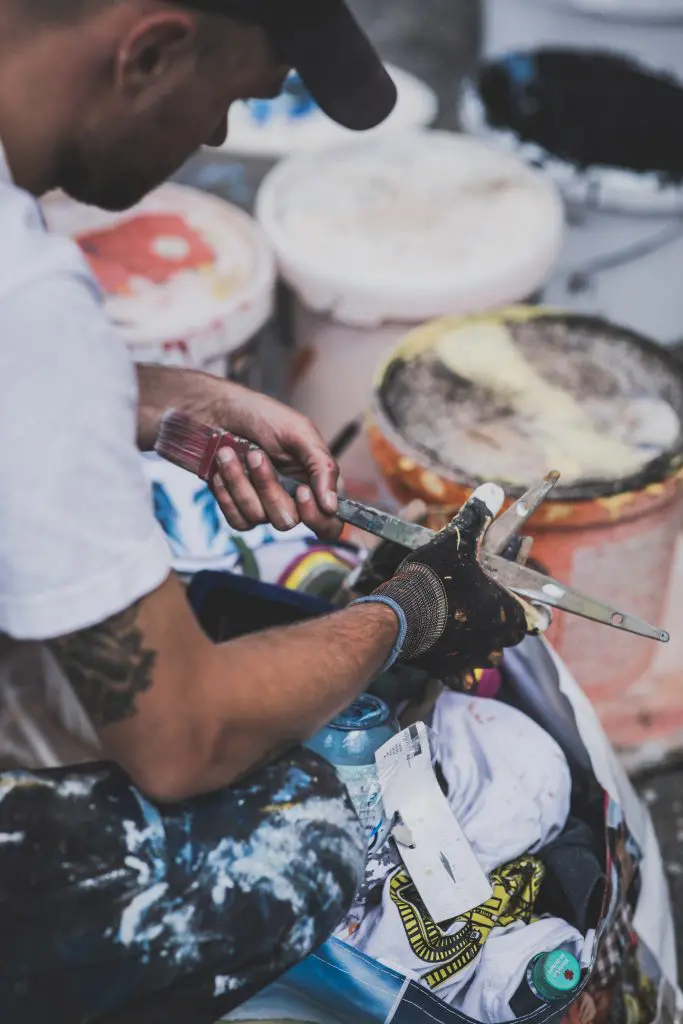
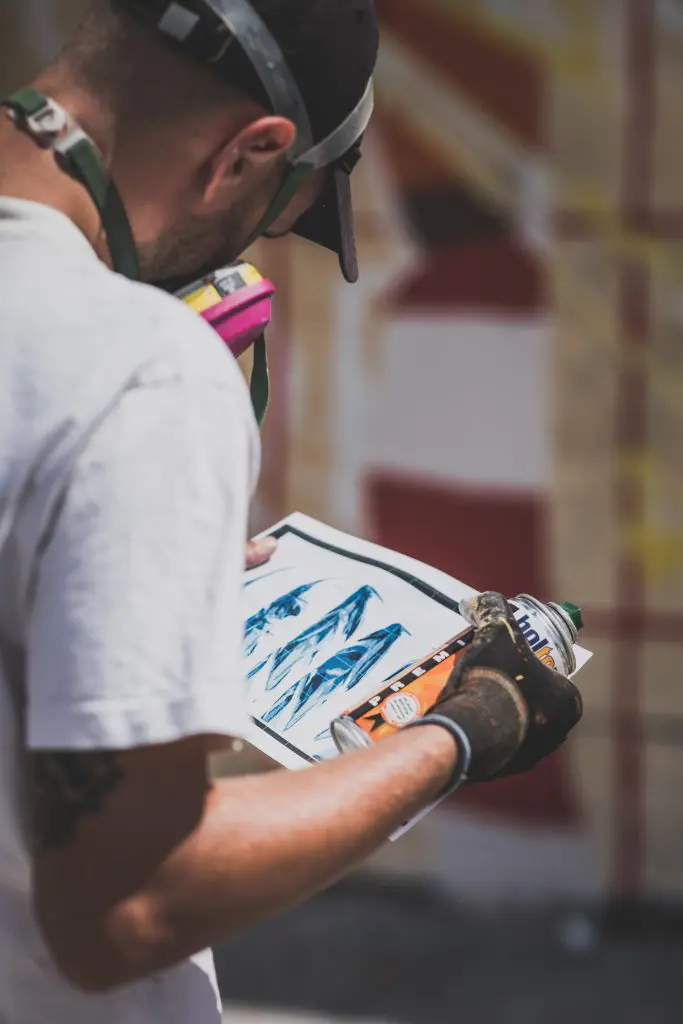
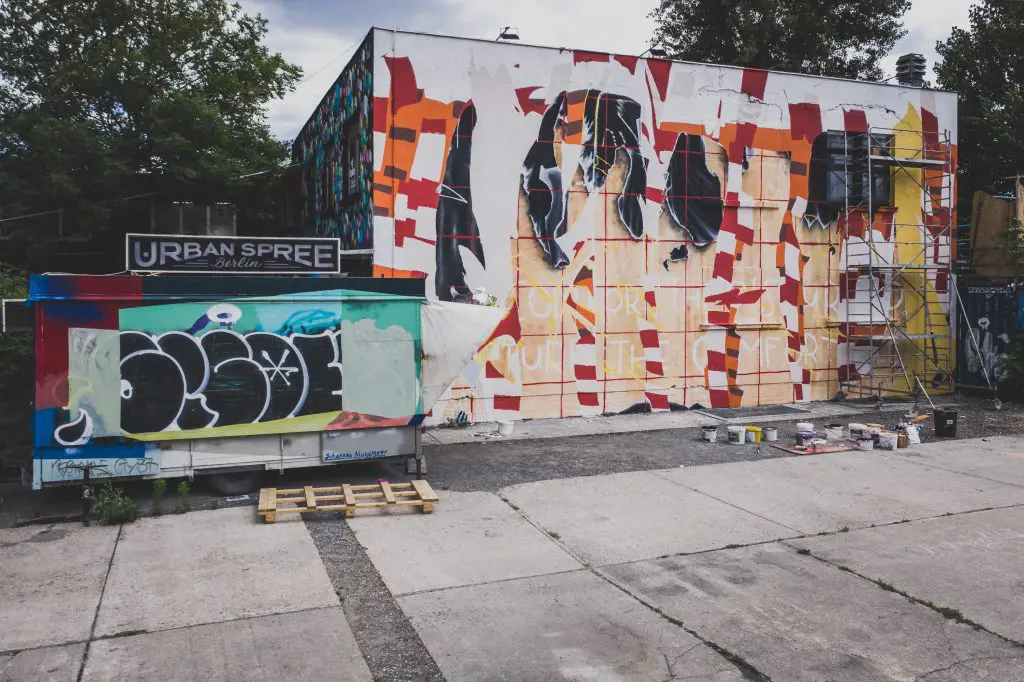
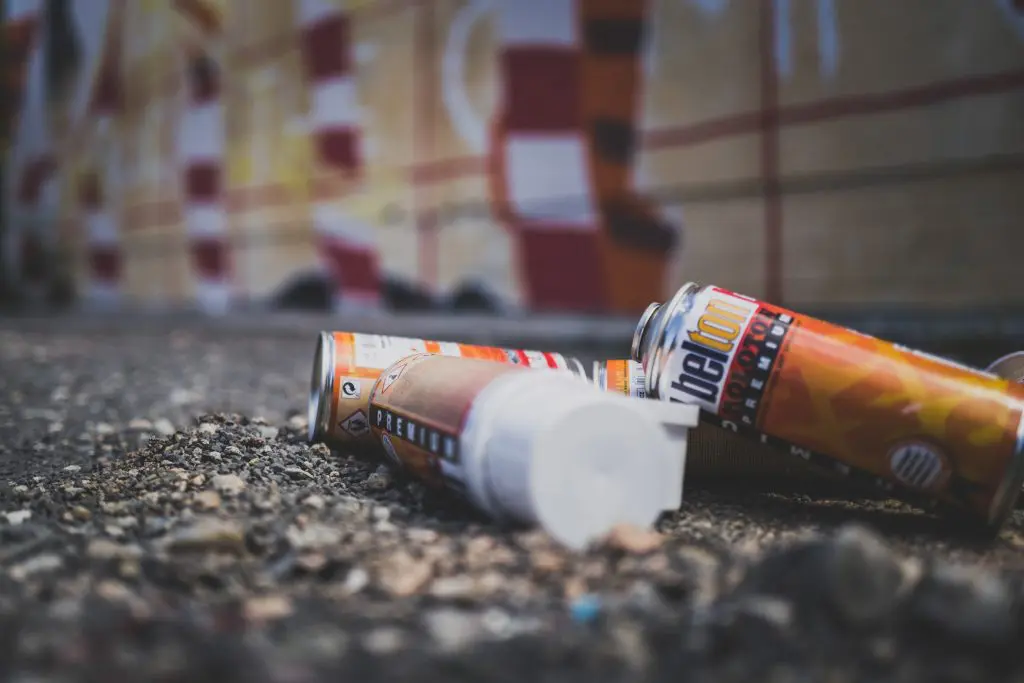
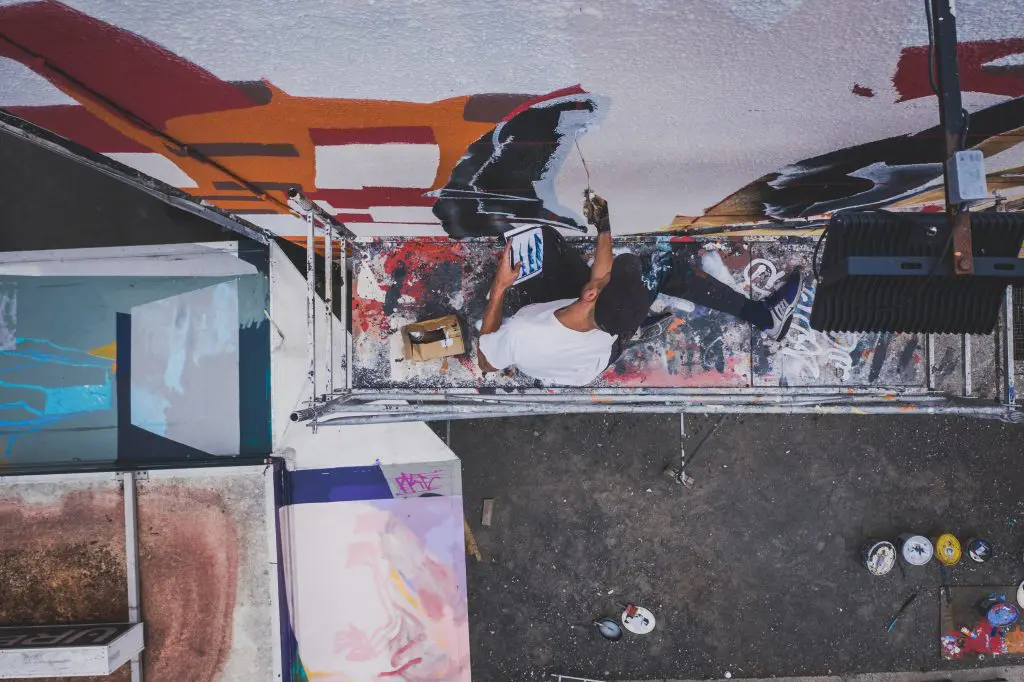
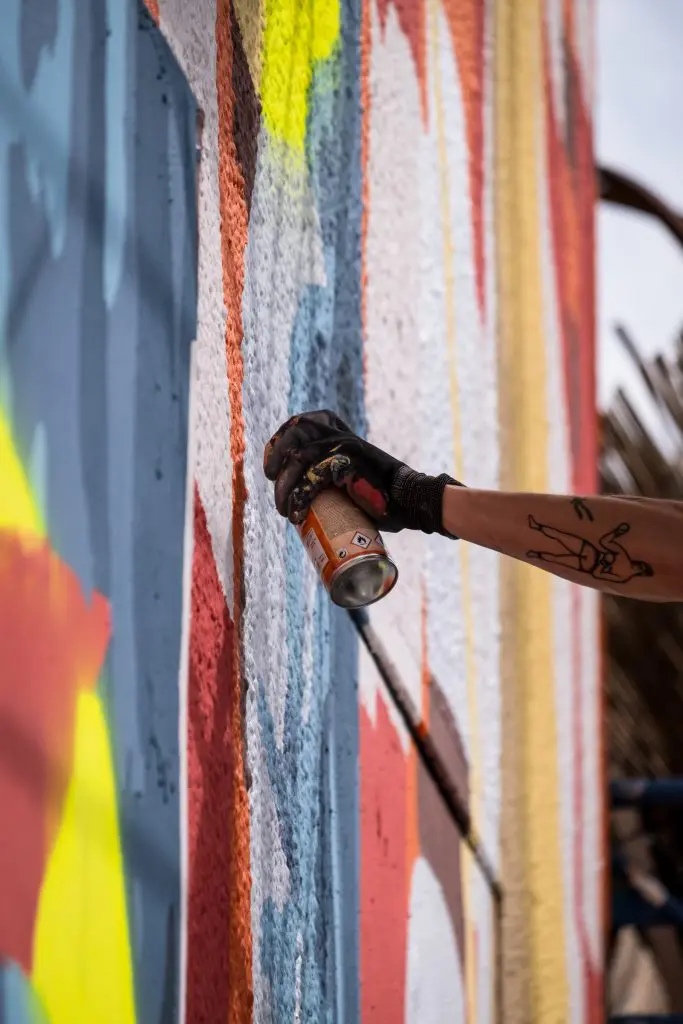
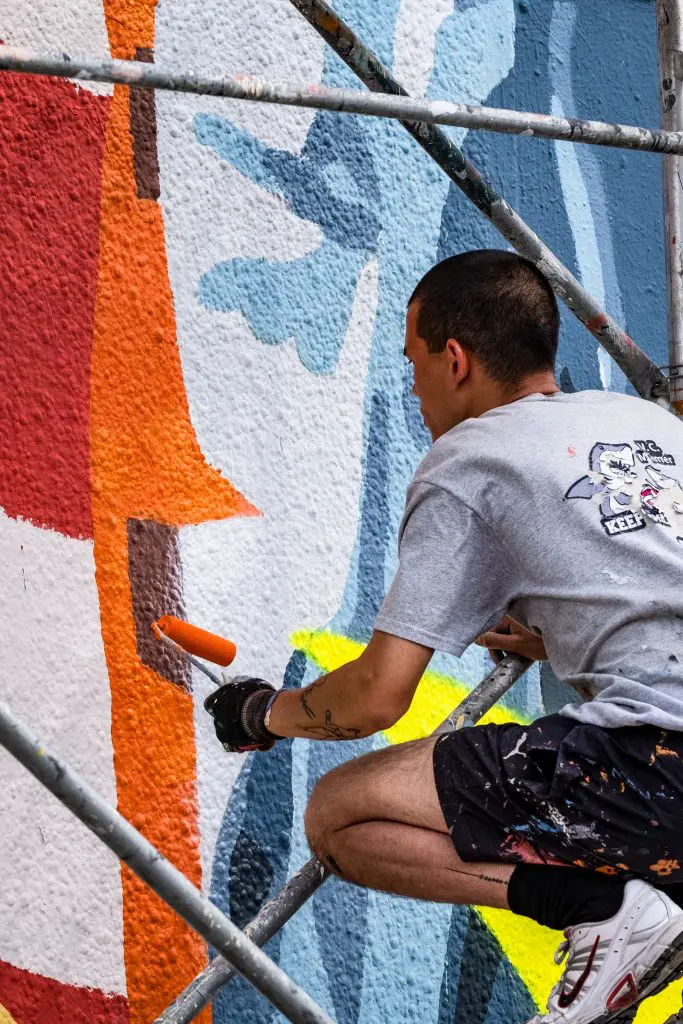
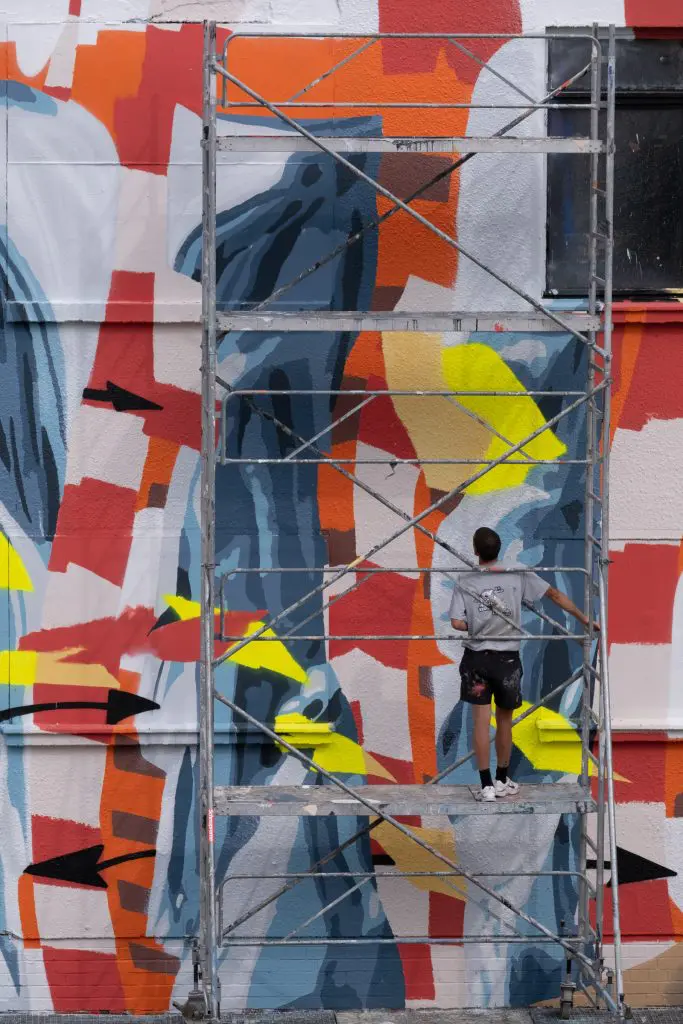
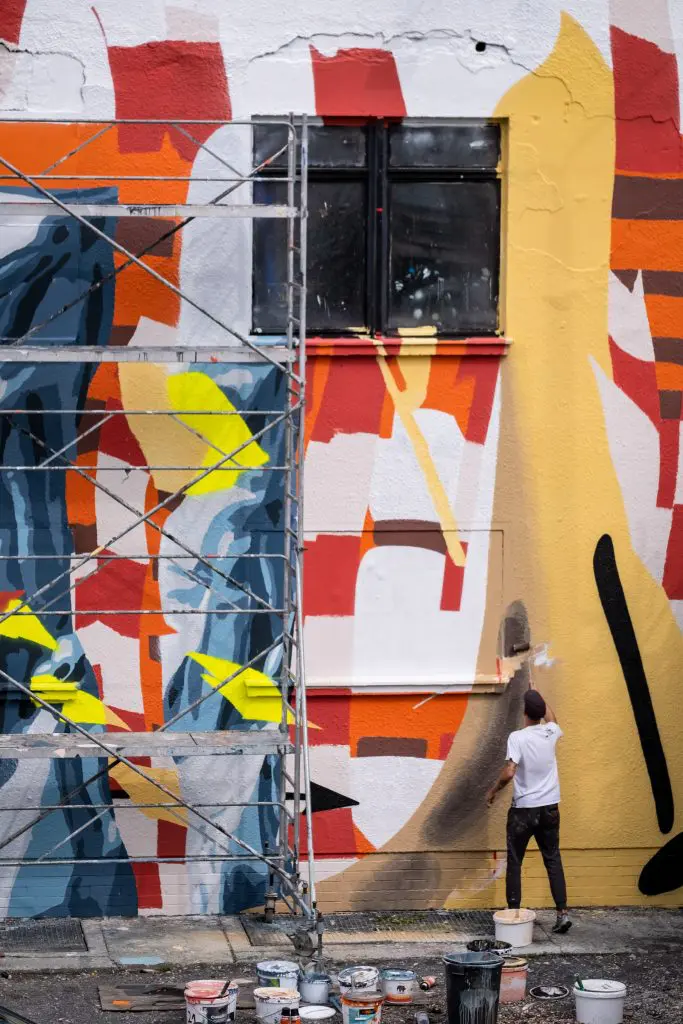
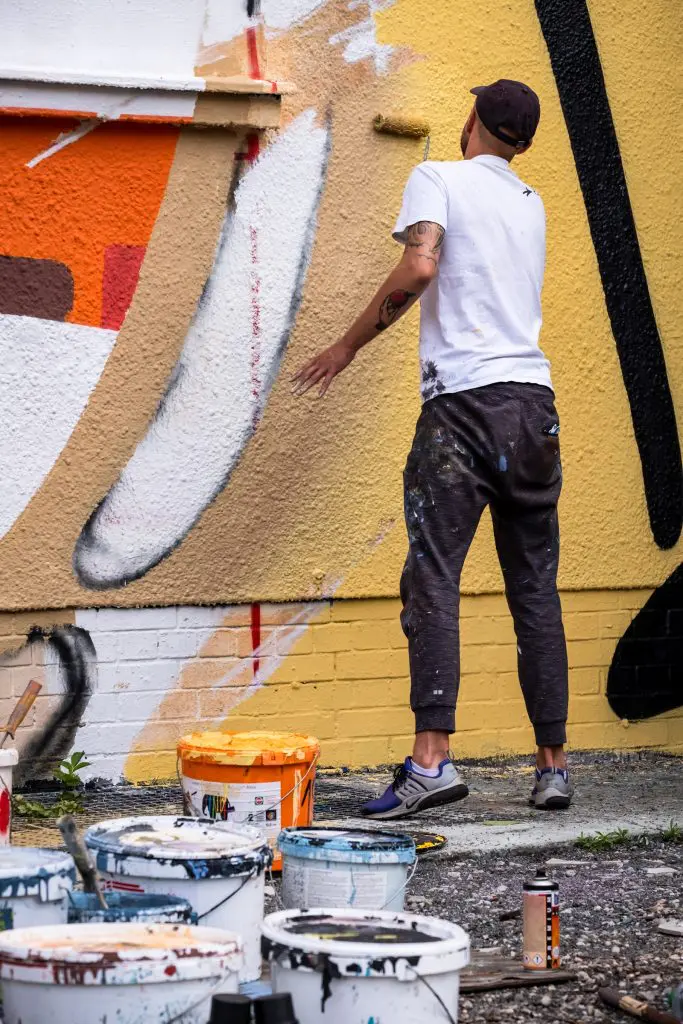
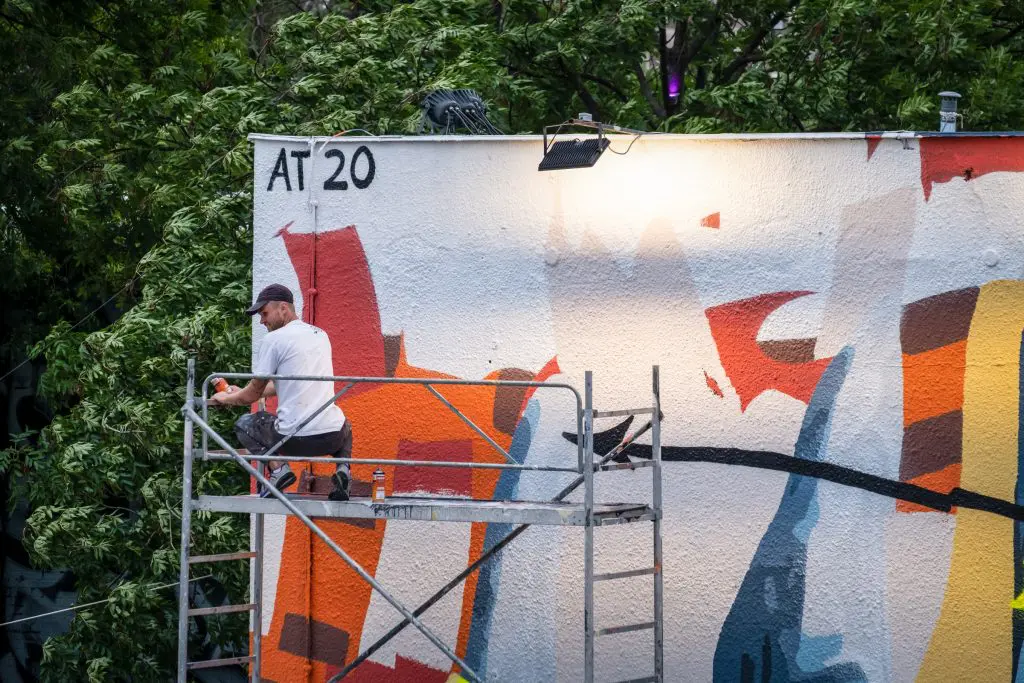
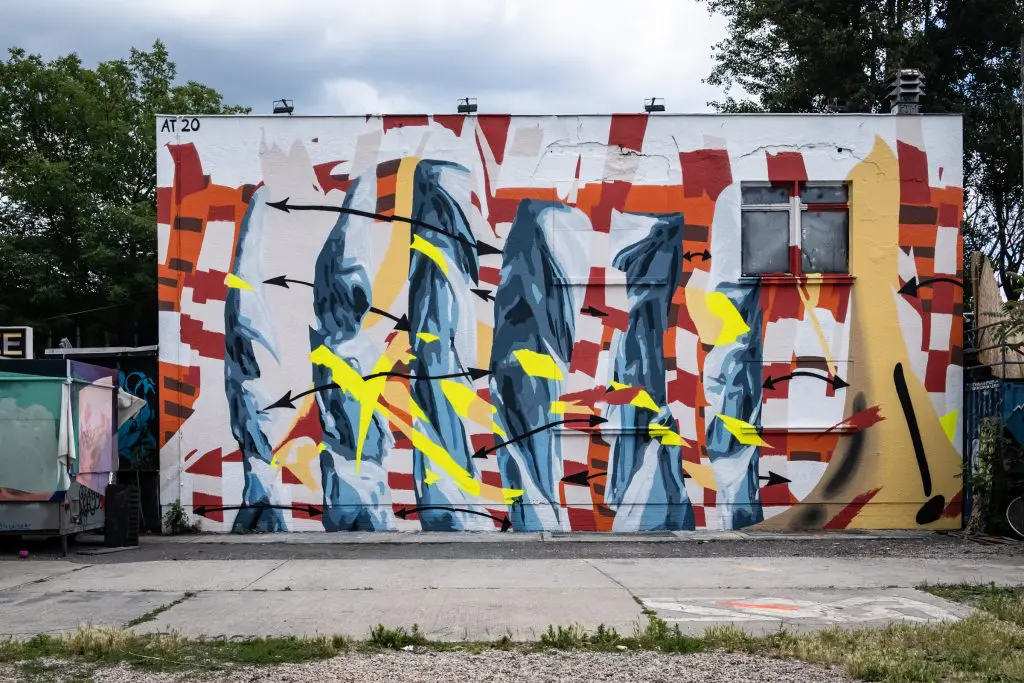
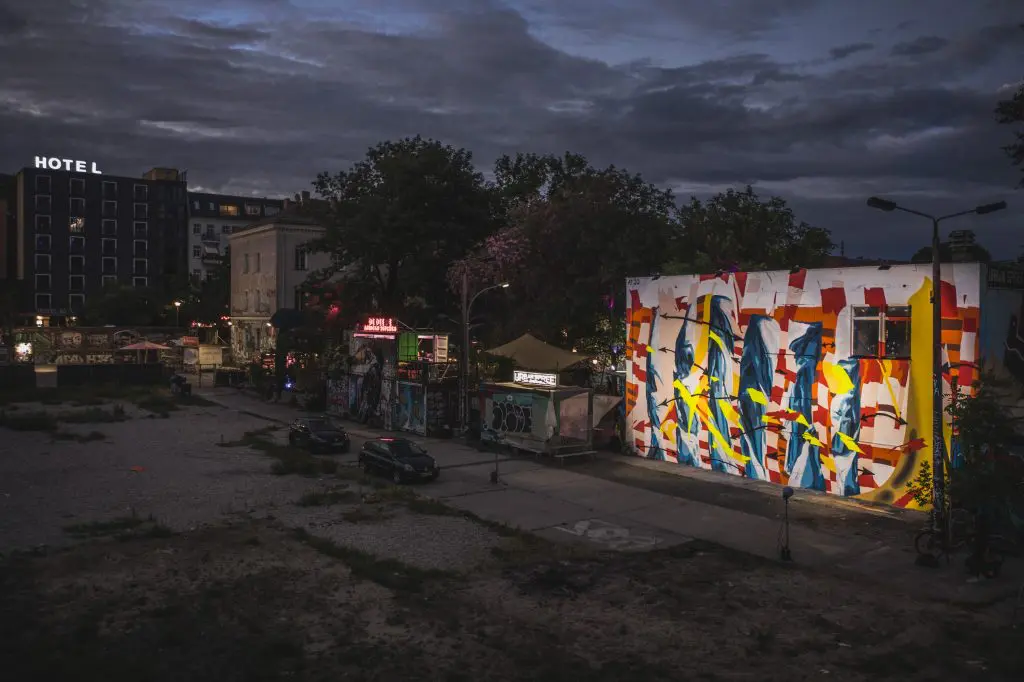
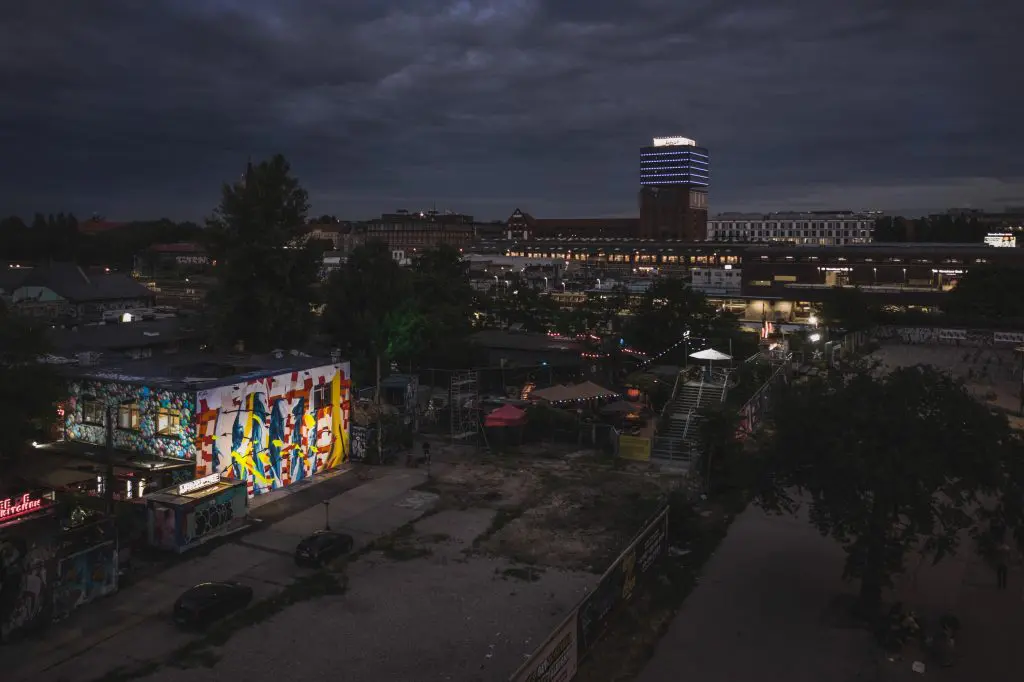
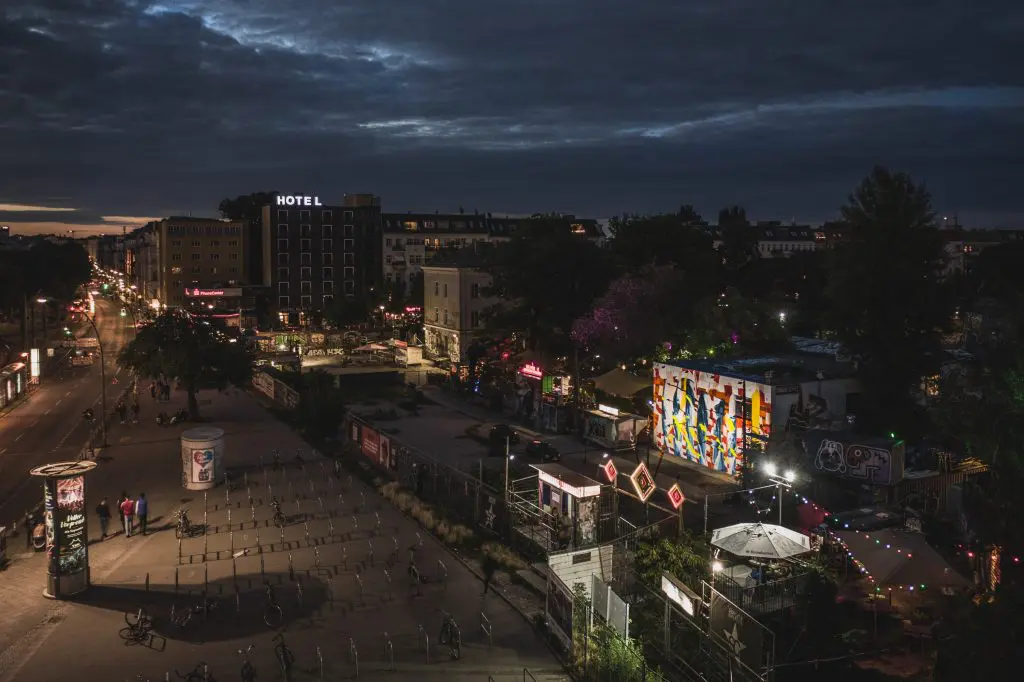
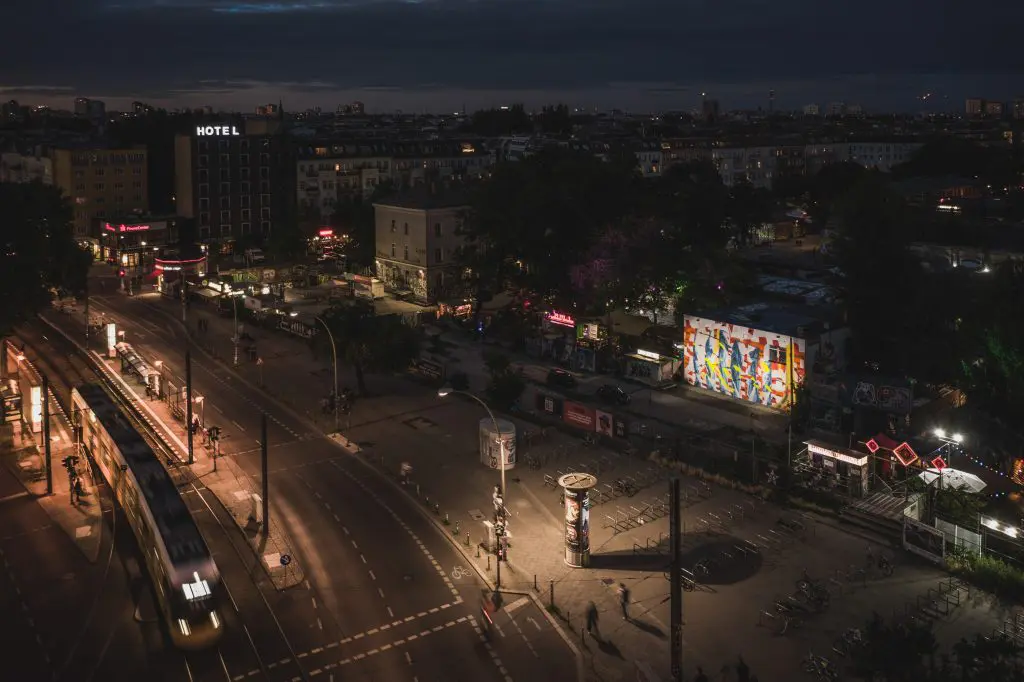
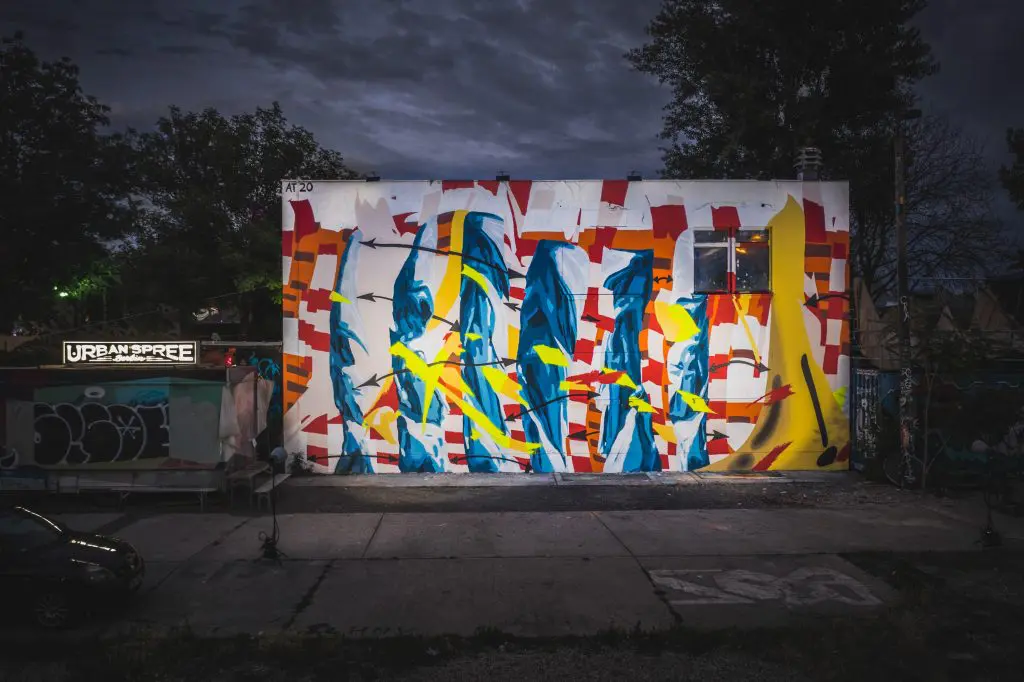
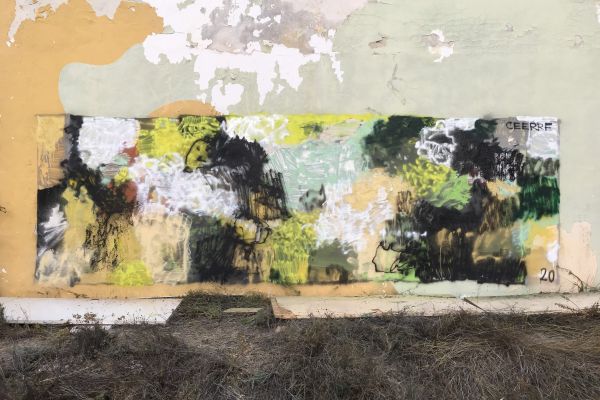
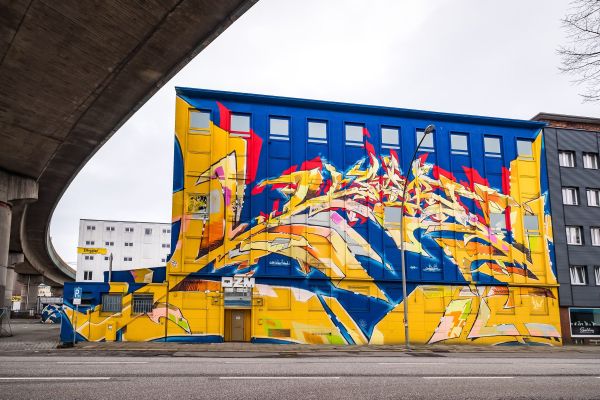
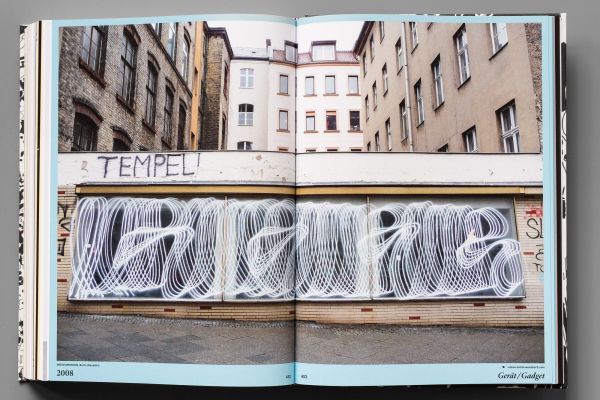
Leave a Reply